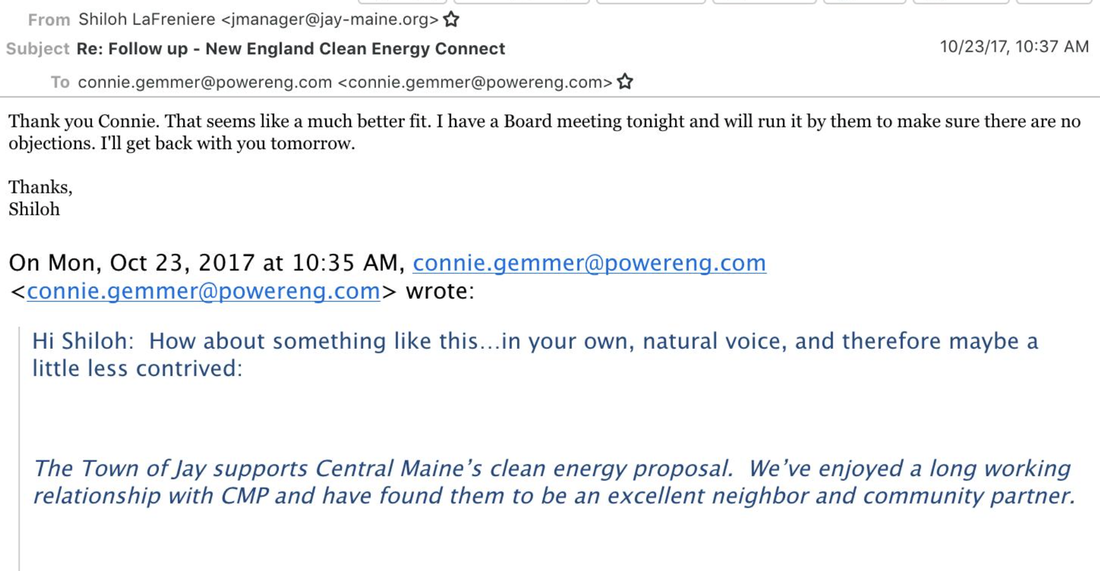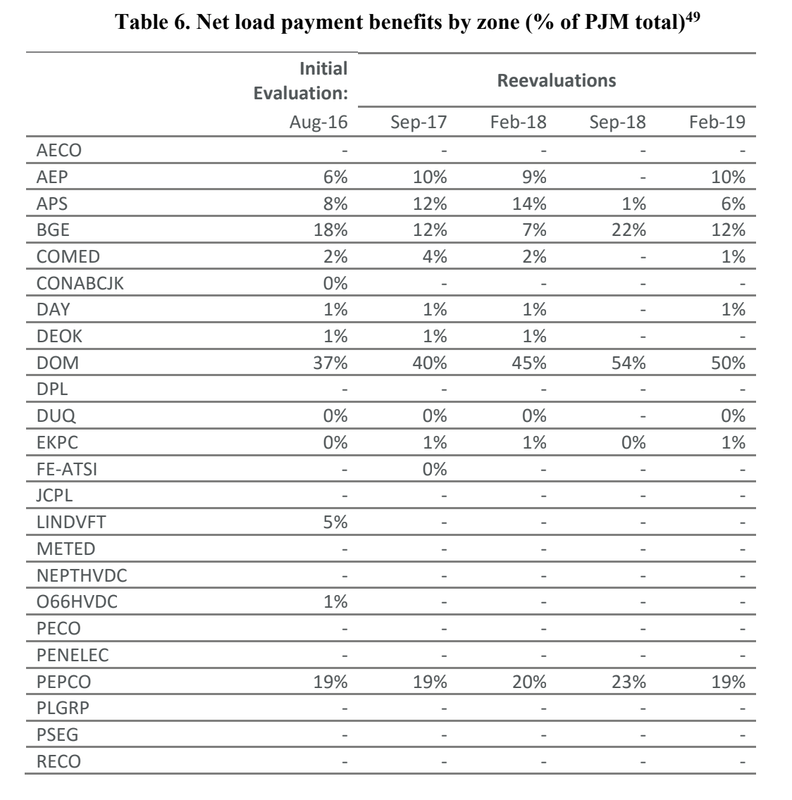Invenergy’s investment will support three of the organization’s central programs:
- The Blue Jacket Program, which Invenergy will donate 125 signature jackets annually.
- Career and Leadership Development Events.
- Building out the FFA national alumni network.
More than half of Invenergy’s U.S.-based renewable energy projects are located in the same zip code as an active FFA chapter.
“FFA is important to the communities where Invenergy projects operate..." said Mick Baird, SVP of Renewable Development at Invenergy.
This reeks of indoctrination to me. How many parents opposed to big wind and big transmission are going to pull their kids out of FFA as a result?
So, how much? How much does it cost to buy sponsorship of FFA? I'm not sure. That information isn't readily available in a google search. But I sure got my eyes burned out on a quick 10-minute attempt to find that information.
Invenergy has received $571,483,050 in federal and state subsidies since FY 2000. That's more than half a billion dollars. Half a billion dollars of the people's tax payments doled out to a for-profit corporation. Of course, the government has no money of its own. All the government's money comes out of taxpayer pockets.
Even more disturbing is the evidence cited by Federal judges in a lawsuit decided in June. The Court found that Invenergy was not entitled to collect the millions of dollars of Section 1603 grant funds from the U.S. Treasury that it was seeking. Under the Section 1603 program, an energy developer can apply for a grant in lieu of tax credits. Invenergy did so for two of its wind farms. The grant is based on the actual cost of the project. Invenergy added a $60M "developer fee" to its costs. The Court disallowed this fee and ordered Invenergy to make refunds to the Treasury.
And what about that $60M "developer fee?" The Court found that it was a sham transaction.
The Court of Federal Claims held that none of the developer fees were includible in the applicants’ qualified grant basis because the fees had not been substantiated to the satisfaction of the court. The court applied as its legal basis for this disallowance, the so-called “sham” transaction doctrine applied under the tax law.
The development agreement was a three-page document, according to the Court of Federal Claims, wherein Bishop Hill agreed to pay IWNA a $60 million development fee. The government’s requested findings suggest that the development agreement disclosed that this amount was intended to compensate IWNA for development services that it had already performed for Bishop Hill. The development agreement was signed by two officers of Invenergy Wind and was terminable by construction lenders if the exercise of their remedies resulted in Bishop Hill being no longer controlled by IWNA. According to the government, another single member disregarded entity of Invenergy Wind, Invenergy Wind Development North America LLC (IWDNA), transferred $60 million to Bishop Hill’s construction account in July 5, 2012. On the same day, the $60 million amount was transferred to IWNA’s operating account. And, on the same day, the $60 million amount was transferred back to the same IWDNA account from which the amount originated. According to the government: “Thus, on July 5, 2012, $60 million travelled through three bank accounts and in each account, the debit and credit of $60 million cancelled each other out.”
So, is this where Invenergy gets the money it "invests" in NASCAR-type sponsorships of some of America's biggest youth leadership organizations? I wonder what they're going to be teaching our kids?




 RSS Feed
RSS Feed